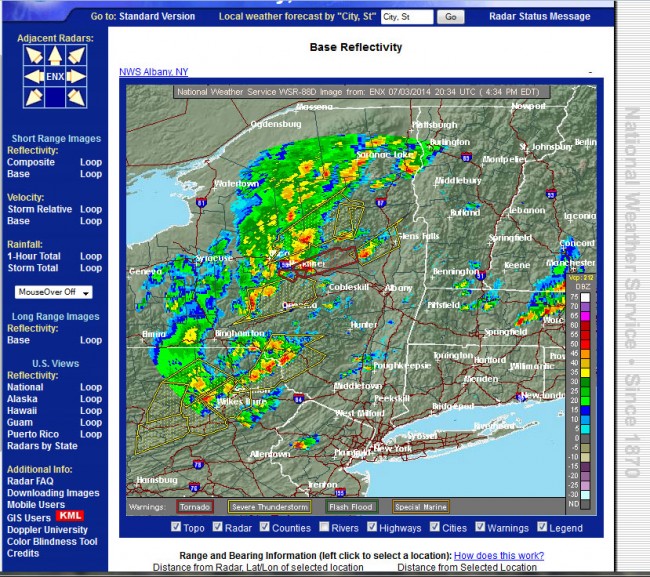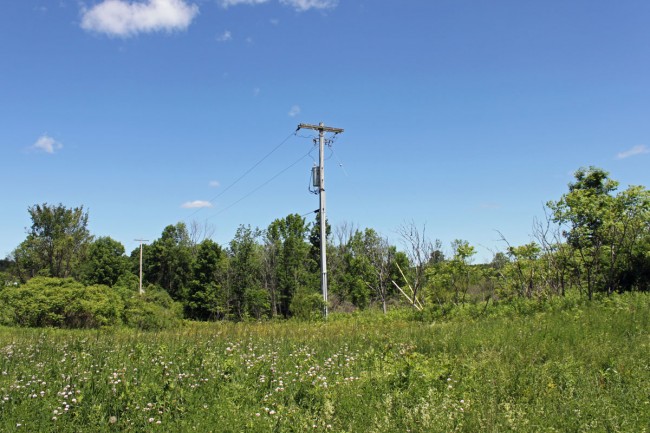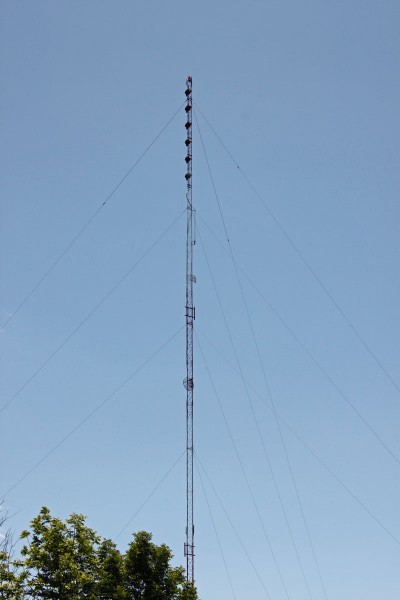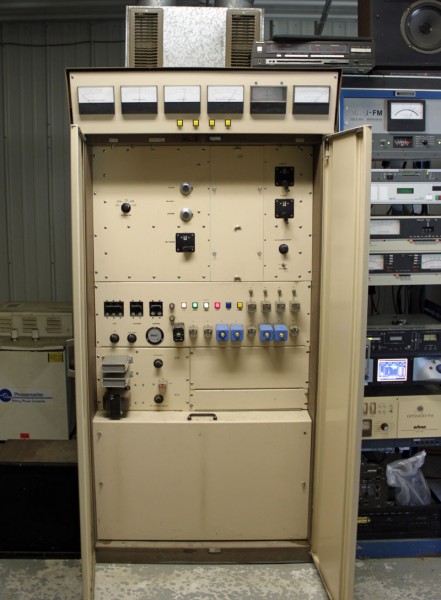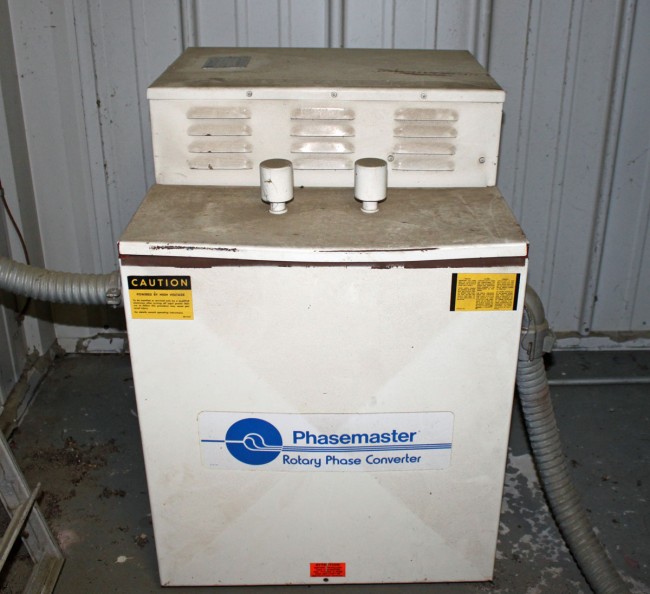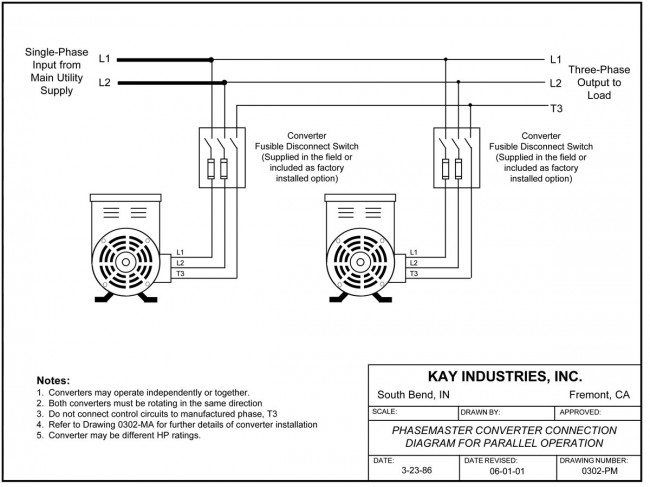Update: Apparently the pictures in this post have upset some people. Even though there is no identifying information; no call letters, no company name, and no location given certain folks have been putting a lot of pressure on the guy I work for. I do not want to make any problems for him, so I removed the pictures. After all, the last thing we would want to do is acknowledge there is a problem. The commentary stays.
Well, we have returned from our semi-vacation. Sumat to do with the other side of the family; a road trip to Canton, Oklahoma, a brief study on mineral rights, then a family reunion. On the return home, several side trips to interesting things like the Abraham Lincoln museum in Springfield, Illinois, and the Gateway Arch in Saint Louis. We also stopped in Springfield to see Santa Anna’s leg, which seems to be generating some controversy of late. I do not like to announce such things ahead of time because it seems like an invitation for a house break-in.
But, all good things come to an end, so back to work it is.
And then there is this:

A transmitter site for a group of stations not too far from here.

Class B FM station (50,000 watt equivalent) running 100 watts.

And filth, lots of filth.

As more full time broadcast engineers drop off line, we seem to be picking up more and more work. That is good for business, but some of these sites are downright depressing.
It is very sad to see such disrepair and makes me think that we are in the last days of terrestrial radio. Truth be told, the end may be many years off, but the decline gets steadily steeper every year. In the end; Television, Video, Satellite, the internet and took small bites of radio, but radio owners are the true culprits when it comes to who killed radio.
It is hard to make predictions; so many have failed in the past, but ten years maybe. Perhaps a few more. It will depend on whether or not business still find value in radio advertising. Right now that looks pretty far fetched, but who knows…


